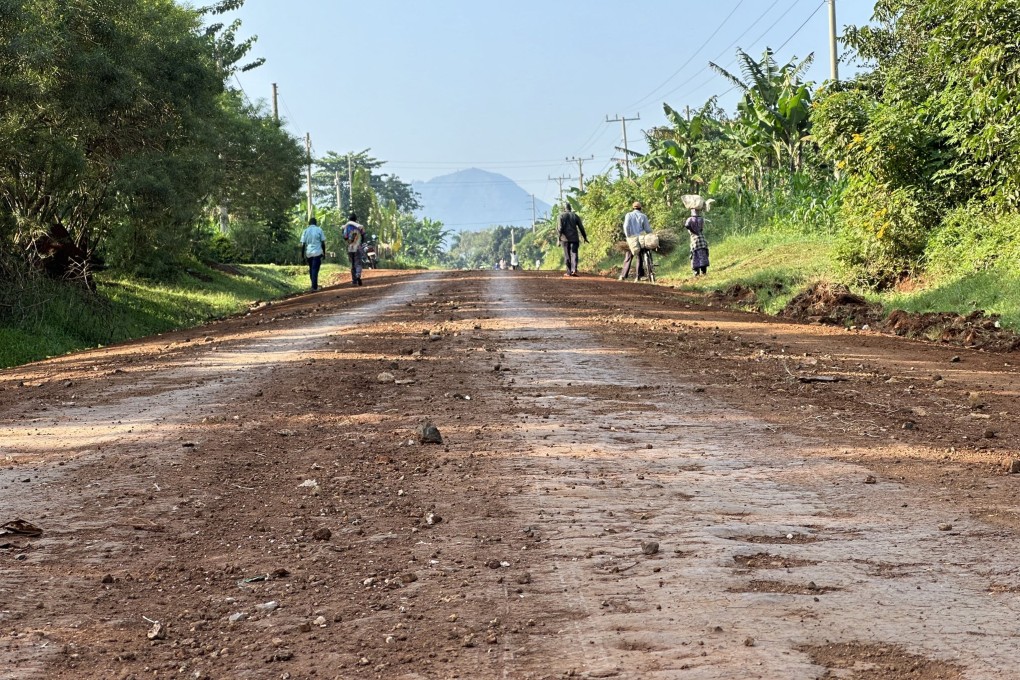Explainer | What China’s Belt and Road Initiative has in store for coming decade as priorities evolve
Gone may be the days when huge infrastructure projects left partner countries holding a big bill and facing environmental implications

Here are four points of interest and importance for the initiative in the coming decade:
1. High-priority countries
China has present or past agreements with 152 countries to pursue belt and road projects. Belt and road work could eventually cost Beijing US$1 trillion to US$8 trillion over an unspecified period, the Centre for Strategic and International Studies think tank estimated in 2018.
Today, 44 of those countries are in sub-Saharan Africa, more than in any other region.
Over the next decade, China might shift its focus to Central and Southeast Asia, said Jayant Menon, a senior fellow at the ISEAS-Yusof Ishak Institute in Singapore. Central Asian projects help fortify China’s trade links to Europe because of the largely landlocked region’s geography, he explained.